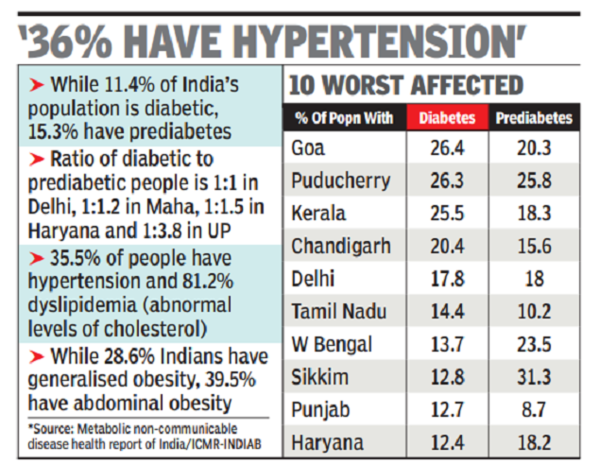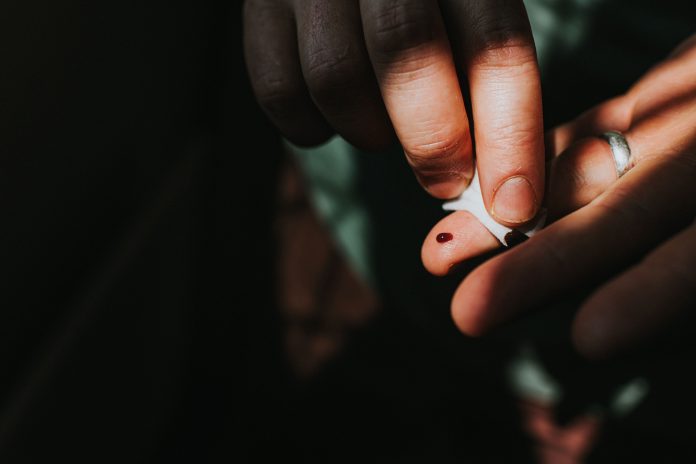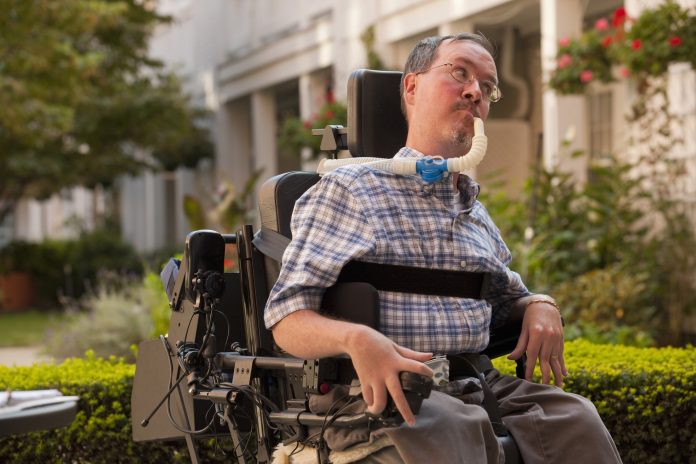At least 136 million people, or 15.3% of the population, have prediabetes.
The highest prevalence of diabetes was observed in Goa (26.4%), Puducherry (26.3%) and Kerala (25.5%). The national average is 11.4%. The study, however, warns of an explosion of diabetes cases in states with lower prevalence, such as UP, MP, Bihar and Arunachal Pradesh, over the next few years.
“In Goa, Kerala, Tamil Nadu, and Chandigarh there are fewer pre-diabetes cases compared to diabetes cases. In Puducherry and Delhi, they are nearly equal and so we can say the disease is stabilising,” said the study’s first author, Dr Ranjit Mohan Anjana, who is president of the Madras Diabetes Research Foundation. But in states with lower incidence of diabetes, scientists have recorded a greater number of people with pre-diabetes.

For instance, UP has a diabetic prevalence of 4.8%, the lowest in the country, but 18% arepre-diabetics compared to the national average 15.3%. “For every person with diabetes in UP, there are nearly four people with pre-diabetes. This means these people will soon become diabetics,” Dr Anjana said. In Madhya Pradesh, for every person with diabetes, there are three persons with pre-diabetes. “Sikkim is an exception where the prevalence of both diabetes and pre-diabetes is high. We must study the reasons,” she said.

01:50
12 warning signs of diabetes that appear on the skin
A pre-diabetic is a person with a higher-than-normal blood sugar level but not high enough to be considered type-2 diabetes. Without lifestyle changes, adults and children with pre-diabetes are at high risk of developing diabetes. Where there is no way to say how pre-diabetics will turn diabetic, doctors say they follow the rule of thirds. “A third of people with pre-diabetes will get diabetes in a few years and another one-third may remain pre-diabetic. The remaining may reverse the condition due to various factors, including a healthy diet, lifestyle, and exercise,” said senior diabetologist Dr V Mohan.
For the study, scientists screened more than 1 lakh people from rural and urban areas between October 18, 2008 and December 17, 2020. In 2019, the survey showed that there were 74 million people with diabetes in India. Two years later, when the survey added all the low-prevalence NE states and omitted some of the high-prevalence states, the prevalence dropped to 72 million. “This time, we included 31 states and UTs. The weighted prevalence is now reflecting the ground reality,” Dr Mohan said.
Other risk factors, such as hypertension, cholesterol levels and obesity, are also high. This increases risks of cardiac arrest, stroke, and kidney disease. According to the survey, at least 35.5% of the population has hypertension and 81.2% have abnormal levels of cholesterol (dyslipidemia).While 28.6% have generalised obesity, 39.5% were found to have abdominal obesity. “There is huge variation in prevalence between the states and hence every state will have to look at different measures to prevent health complications,” said Dr Ashok Kumar Das, chairman of the Indiab (India-diabetes) expert committee.










